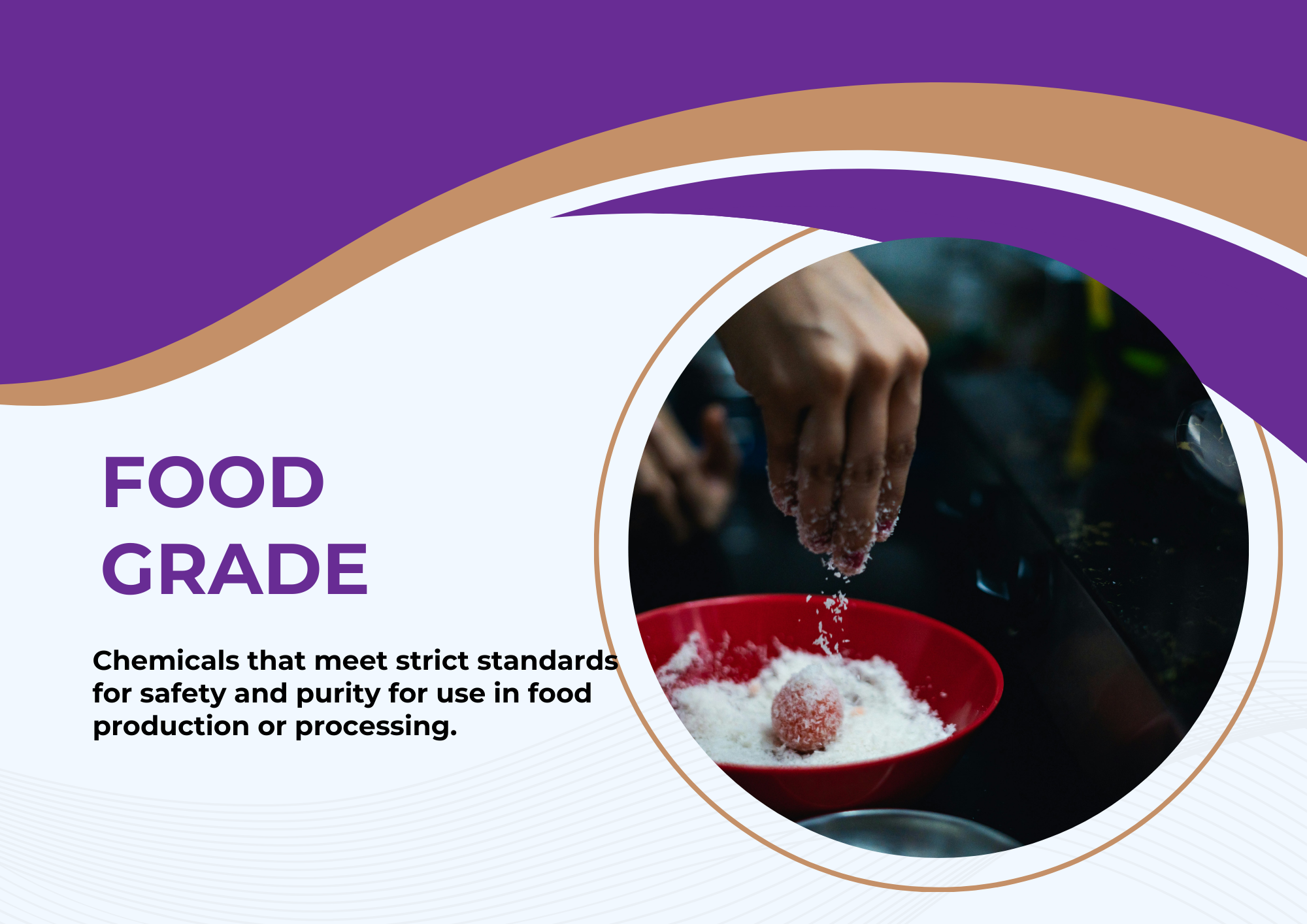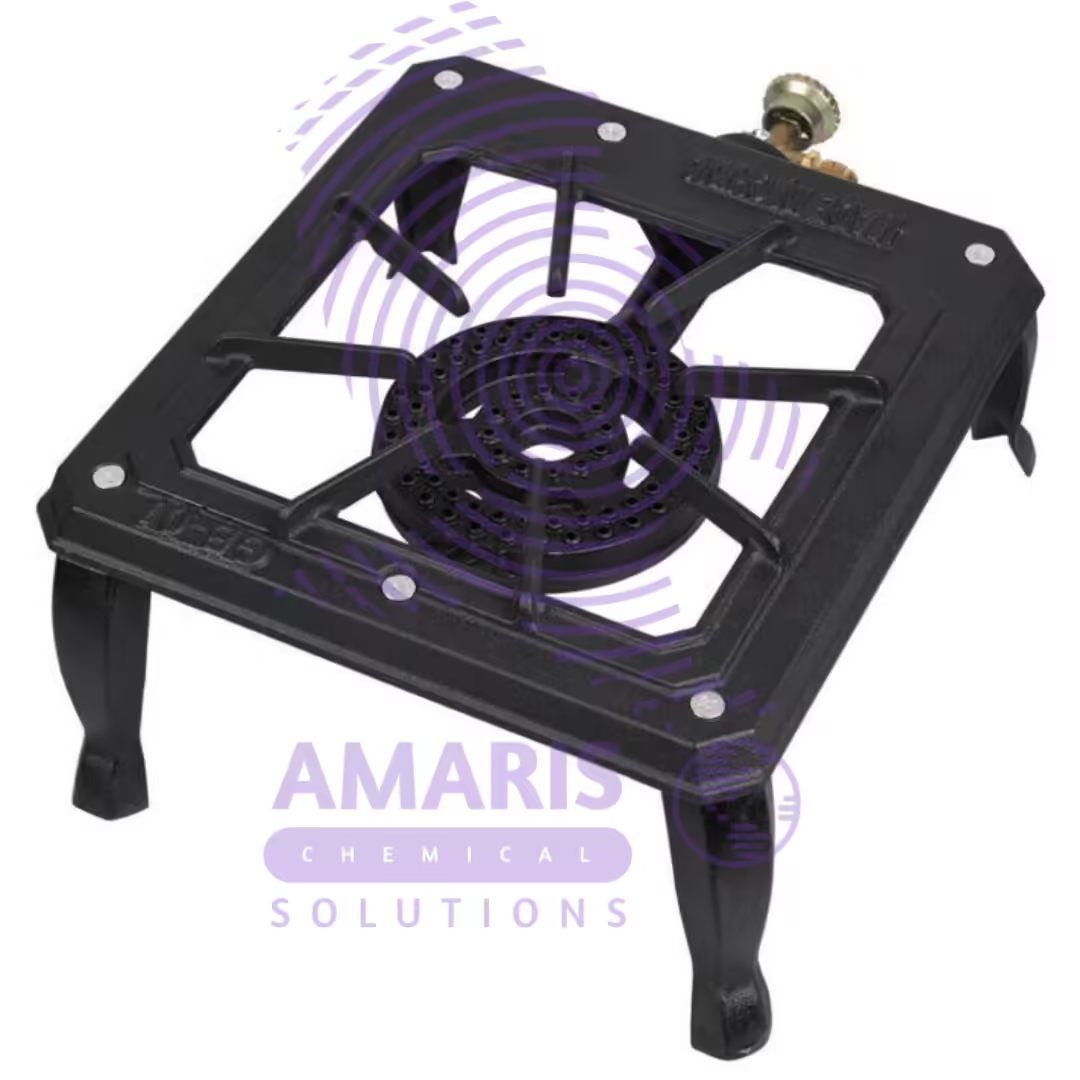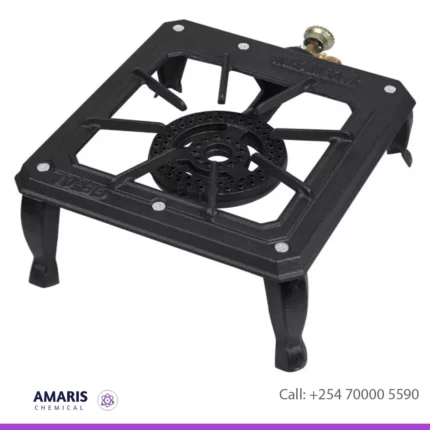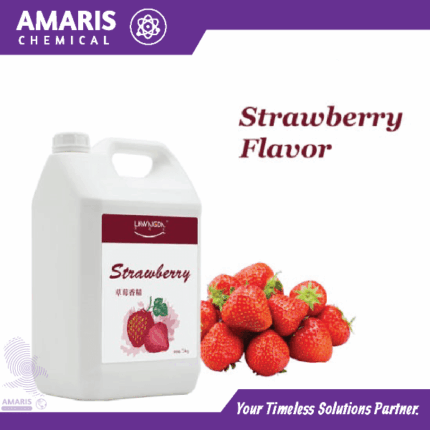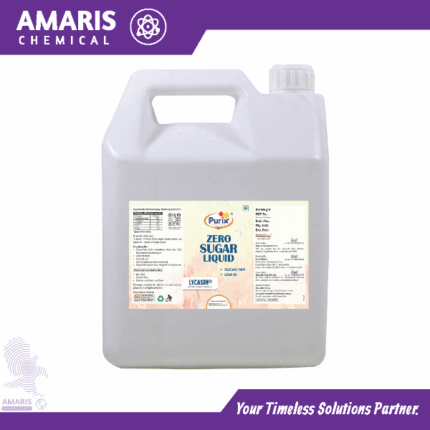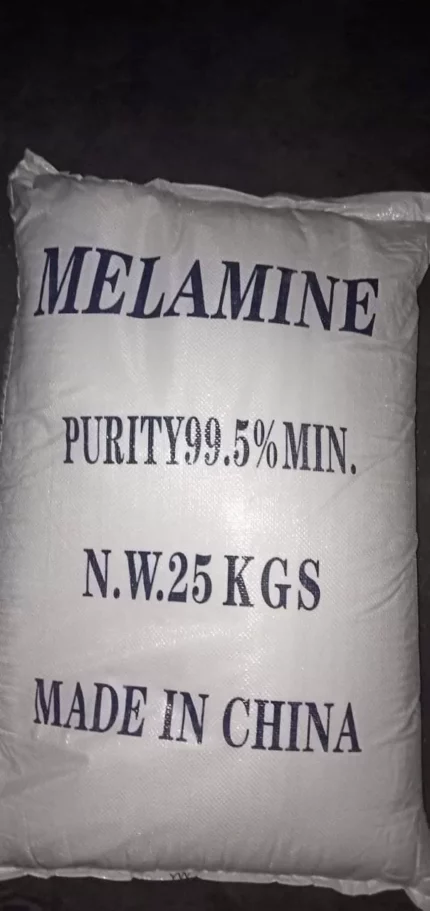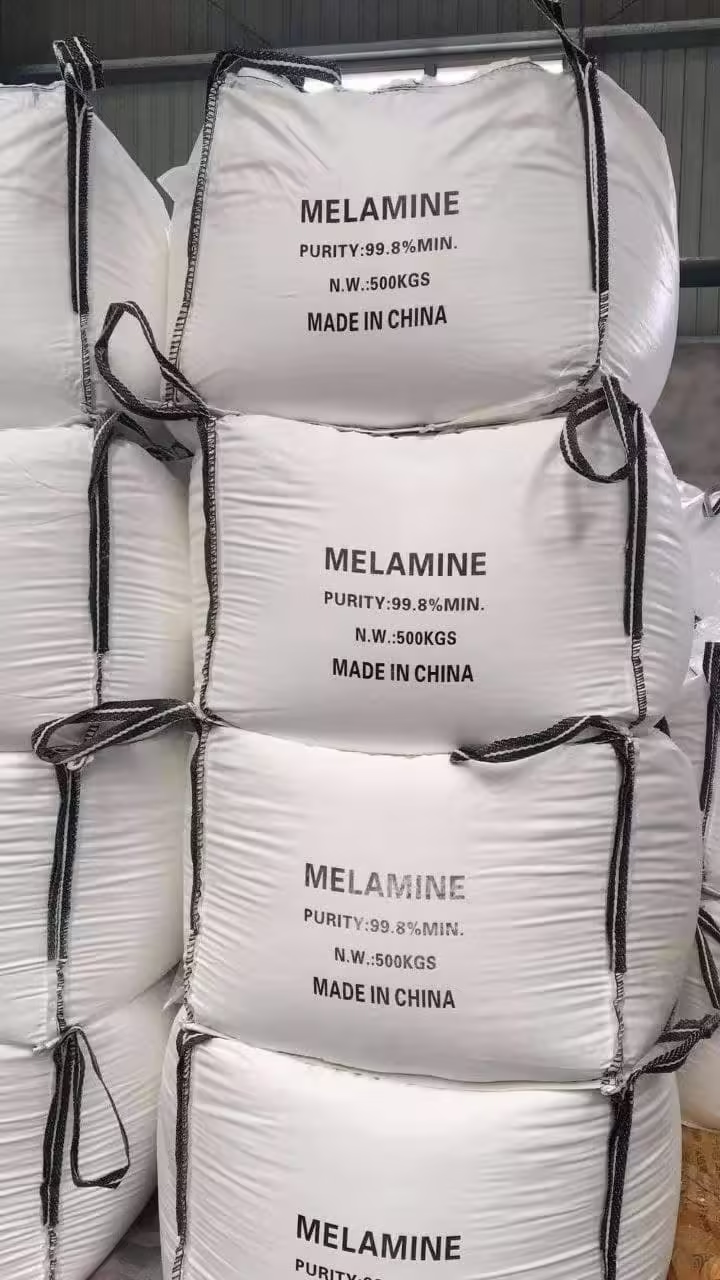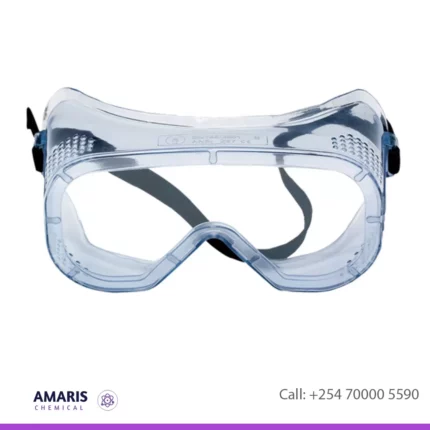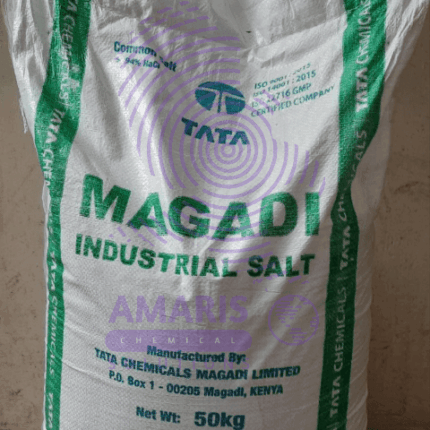
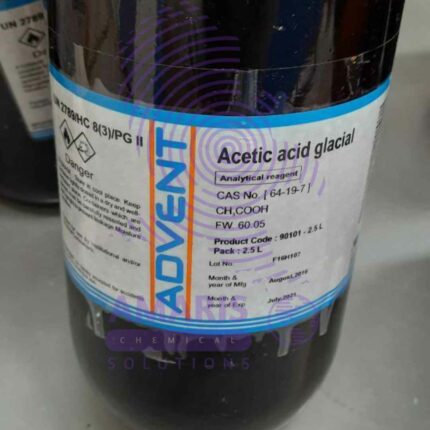
CarboxyMethyl Cellulose (CMC) Food grade
KSh9,000.00 Original price was: KSh9,000.00.KSh8,000.00Current price is: KSh8,000.00.
CarboxyMethyl Cellulose (CMC) Food grade is a water-soluble polymer that is derived from cellulose, which is a naturally occurring polymer found in plant cell walls. CMC is produced by chemically modifying cellulose through the addition of carboxymethyl groups, which gives it its unique properties such as high water solubility, thickening ability, and film-forming properties.
CMC is widely used in a variety of industries, including food, pharmaceuticals, cosmetics, and textiles, as a thickener, binder, stabilizer, emulsifier, and dispersant. It is commonly found in food products such as ice cream, salad dressings, and baked goods as a thickener and emulsifier, as well as in cosmetics and personal care products such as toothpaste and shampoo as a binder and stabilizer.
CarboxyMethyl Cellulose (CMC) Food grade Uses
Primary Uses of Food-Grade CMC
1. Food & Beverage Industry
-
Thickening Agent:
-
Used in sauces, gravies, soups, and dressings to improve viscosity.
-
Enhances texture in ice cream, yogurt, and dairy products.
-
-
Stabilizer & Emulsifier:
-
Prevents ingredient separation in beverages (e.g., protein shakes, fruit juices).
-
Maintains consistency in processed cheeses and creamers.
-
-
Baking Applications:
-
Improves dough water retention, enhancing bread softness and shelf life.
-
Used in gluten-free products to mimic gluten’s binding properties.
-
-
Low-Calorie & Diet Foods:
-
Acts as a fat replacer in reduced-calorie products.
-
Provides bulk in sugar-free syrups and jellies.
-
-
Meat & Poultry Processing:
-
Retains moisture in sausages, deli meats, and frozen products.
-
2. Pharmaceutical Industry
-
Tablet Binder & Disintegrant: Helps in tablet formulation for controlled release.
-
Suspension Agent: Used in liquid medicines to prevent settling.
-
Artificial Tears & Lubricants: Found in eye drops and ointments.
3. Personal Care & Cosmetics
-
Toothpaste: Provides gel-like consistency.
-
Shampoos & Lotions: Acts as a thickener and stabilizer.
Secondary Uses of Food-Grade CMC
1. Industrial Applications
-
Paper & Textile Industry: Used as a coating agent and sizing material.
-
Adhesives & Paints: Improves viscosity and stability.
-
Ceramics & Detergents: Acts as a binder and water-retention agent.
2. Agriculture & Animal Feed
-
Animal Feed Binder: Improves pellet durability.
-
Seed Coating: Helps in controlled release of fertilizers.
3. Oil Drilling & Mining
-
Drilling Fluid Additive: Enhances viscosity and lubrication.
-
Ore Processing: Used as a flocculant in mineral extraction
| AVAILABLE PACK SIZE |
25kg( Metal or Plastic Jerrycan/ Bucket, Bag, Box, Polythene bag, Carton bag) |
|---|
1. Basic Identification Attributes
- Chemical Name:Sodium Carboxymethyl Cellulose (IUPAC)
- Common/Trade Name:CMC, Cellulose Gum, Carmellose Sodium
- CAS Number:9004-32-4
- HS Code:31.00 (Cellulose ethers)
- Molecular Formula:C6H7O2(OH)x(OCH2COONa)γC6H7O2(OH)x(OCH2COONa)γₙ
- Synonyms:Sodium CMC,Tylose, Na-CMC, E466 (EU food additive code)
2. Physical & Chemical Properties
- Physical State:White to off-white powder or granules
- Color & Odor:Odorless, tasteless, free-flowing powder
- Boiling Point:Decomposes before boiling
- Melting Point:No distinct melting point (chars at ~200–300°C)
- Density:~1.6 g/cm³ (bulk density varies with grade)
- Solubility:
- Soluble in water (forms viscous colloidal solutions)
- Insoluble in organic solvents (ethanol, acetone)
- pH Level:5–8.5 (1% aqueous solution)
- Vapor Pressure:Negligible (non-volatile)
- Flash Point:Non-flammable
- Viscosity:Varies by grade (e.g., 5–10,000 mPa·s for 1% solution at 25°C)
3. Safety & Hazard Attributes
- Hazard Class (GHS):Generally non-hazardous (No GHS classification for food-grade CMC).
- NFPA Ratings:
- Health: 0(Minimal hazard)
- Flammability: 0(Non-flammable)
- Reactivity: 0(Stable)
- Exposure Limits (OSHA/ACGIH):Not established (low toxicity).
- Reactivity:
- Stable under normal conditions.
- Avoid strong oxidizers (e.g., peroxides).
4. Storage & Handling Attributes
- Storage Conditions:
- Cool, dry place (<30°C, relative humidity <60%).
- Keep sealed to prevent moisture absorption.
- Incompatible Materials:Strong acids, oxidizers.
- Container Type:Multi-layer paper bags, polyethylene-lined containers.
- Shelf Life:Typically 2–3 years if stored properly.
- Special Handling:
- Use dust masks if handling powder to avoid inhalation.
- No special ventilation required.
5. Regulatory & Compliance Attributes
- Regulatory Status:
- FDA (US):21 CFR 182.1745 (GRAS – Generally Recognized As Safe).
- EU:Approved as food additive E466.
- JECFA/FAO/WHO:ADI "not specified" (safe at intended use levels).
- Hazard Symbols:None (food-grade).
- Transportation Restrictions:Non-hazardous (no UN number).
- Waste Disposal:Dispose as industrial solid waste (landfill permitted).
6. Environmental & Health Impact
- Ecotoxicity:Low (not toxic to aquatic life; OECD 301D: >60% biodegradable).
- Persistence:Readily biodegradable.
- Carcinogenicity/Mutagenicity:
- IARC:Not classified.
- OSHA/NTP:No known carcinogenicity.
- Biodegradability:Aerobically biodegradable (cellulose derivative)
Personal Protective Equipment (PPE)
- Eyes:Wear safety goggles to prevent dust irritation.
- Respiratory Protection:Use a NIOSH-approved dust mask when handling large quantities of powder.
- Skin Protection:Wear gloves (nitrile or latex) and a lab coat to minimize skin contact.
Handling & Storage
- Ventilation:Work in a well-ventilated area to avoid dust buildup.
- Avoid Dust Generation:Use closed systems or slow pouring to minimize airborne particles.
- Storage:Keep in a cool, dry place, sealed in original containers away from moisture and strong oxidizers.
Hygiene Practices
- Wash hands thoroughly after handling.
- Avoid eating, drinking, or smokingin areas where CMC is processed.
Inhalation (Dust Exposure)
- Move to fresh air
- If breathing difficulties occur, seek medical attention.
Skin Contact
- Wash affected area with soap and water.
- If irritation develops, consult a doctor.
Eye Contact
- Rinse eyes with plenty of water (15+ minutes), holding eyelids open.
- Seek medical attention if irritation persists.
Ingestion
- Food-grade CMC is non-toxicif ingested in normal amounts.
- If large amounts are swallowed accidentally:
- Rinse mouth with water.
- Do NOT induce vomiting(risk of aspiration).
- Seek medical advice if discomfort occurs.
Flammability: CMC is non-flammable, but dust clouds may pose a minor explosion hazard in high concentrations.
Decomposition Products:
- When heated excessively, may release carbon oxides and other organic fumes.
Extinguishing Media:
- Use water spray, CO₂, dry chemical, or foamfor surrounding fires.
Firefighter Protection:
- Wear self-contained breathing apparatus (SCBA)if decomposition fumes are present.
- Cool containers exposed to fire with water.
Spill & Disposal Procedures
- Small Spills:
- Sweep or vacuum (with HEPA filter) to avoid dust dispersion.
- Dispose of as general waste (food-grade CMC is non-hazardous).
- Large Spills:
- Contain and collect for proper disposal.
- Avoid washing into drains (may cause clogging)



 LABORATORY EQUIPMENT & APPARATUS
LABORATORY EQUIPMENT & APPARATUS
 Fertilizers
Fertilizers Plant Growth Regulators
Plant Growth Regulators Soil Conditioners
Soil Conditioners Animal Feed Additives
Animal Feed Additives Biostimulants
Biostimulants Dough Conditioners
Dough Conditioners Flour Treatments
Flour Treatments Fat Replacers
Fat Replacers Preservatives (baking)
Preservatives (baking)
 Surfactants (cleaning)
Surfactants (cleaning) Builders
Builders Bleaching Agents
Bleaching Agents Enzymes
Enzymes Solvents (cleaning)
Solvents (cleaning) Fragrances
Fragrances


